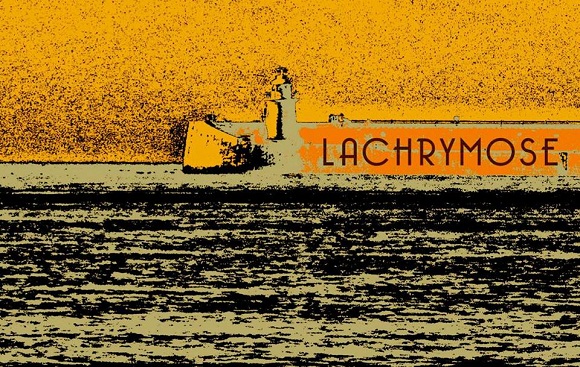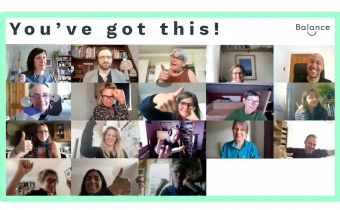For those in peril on the sea. A haunting choral commemoration
Margate: Tania Holland Williams and the Turner Contemporary
There’s no avoiding the sea at Turner Contemporary. One entire wall of Margate’s two-year-old art gallery consists of nothing but glass, so that wherever you stand – downstairs in the airy foyer, upstairs on the balcony – your view gazes out across the blue-grey English Channel and the wind farms dotting the horizon. Gulls circle and swoop and the sea shimmers light and dark as clouds shift across the sky. It’s as dynamic a backdrop as a blank gallery wall is static.
Lachrymose was conceived around this view and made it centre-stage. The work for 100-piece community choir was composed by Liverpudlian composer Jon Hering, co-commissioned by producer Tania Holland Williams and the gallery and intended to commemorate local people lost at sea. Its texts were drawn from local poets and names listed on Margate’s WWI memorial; the choir was made up of singers from across Kent, including many who were visually impaired.
During the performance the audience watched not the singers but the sea. Williams simply kept the singers out of view, grouping them on the balcony while the audience gathered in the foyer around a series of Juan Munoz bronzes. The choir’s disembodied voices made the performance a strikingly abstract experience; Williams explained her intention as “separating audience from singer, having singers above with audience below and effectively submerged, an audience that could hear the voice of loved ones, but no longer see them”. She had deliberately timed the performances to coincide with high tide, she said, “when the beach traces of mankind are hidden underwater, and the sea feels at its most pressing”. The experience was intended to prompt personal reflection and remembrance. Perhaps some of the younger listeners might have benefited from being able to fix their attention on the choir, but the trade-off was worth it, I think.
Hering’s 20-minute score gauged the occasion ideally. Its tone was sombre and haunting, its musical language demanding enough to stretch the choir but flexible enough to handle a few rough edges. A ceremonial bell marked the start, while the choir mouthed swishing sounds of the sea and whooshing sounds of the wind. There was a wordless sea shanty and a sad, keening melody that circled in rounds like the seagulls diving outside. The music rose in pitch and energy and the choir met it with gusto – there was clearly a huge amount of focus and emotional commitment from all of the performers involved.
A third bell ushered in a solemn chant naming locals who had been lost in the First World War. The list began clearly but soon became a jumble syllables, as if scattered by the wind. As the singers repeated the line ‘light everlasting’, the sea and sky began to fade to twilight.
A huge cheer went up after the triumphant final chord, which rang out for what seemed like minutes. This was the second and last performance of the afternoon, and the singers evidently wanted to make the most of it. Between the performances the choir had been treated to refreshments in one of the gallery’s function rooms. In the cue for coffee and cake, I overheard one of the singers joking that Hering’s music was so stuck in her head that she was going to a gig at the London Jazz Festival that night to attempt to dislodge it.
There was no question of the choir’s enthusiasm for this piece: it was obvious in their buzzy energy between performances, and in the attentiveness and rousing energy of their singing. As for the response from the audience? Also overwhelmingly positive. The place was packed, with some families sitting cross-legged and others standing gazing out of the windows. Perhaps the speeches went on a little too long; the mechanics of the project are never as interesting to the general public as they are to the producers, and some focus might have drifted before the start of the performance. Likewise the extended thank yous at the end could have used some trimming: when a performance is delivered as persuasively as this was, the music speaks for itself.
Read Matthew Linley’s review of the same event.
Tania Holland Williams is one of 12 event producers linked with arts venues as part of New Music Plus… a collaboration between PRS for Music and the hub.




